What is the Indigenous voice and how it will work?
The Indigenous voice will be a permanent, independent, representative advisory body. Here are all the details and facts you need to know.
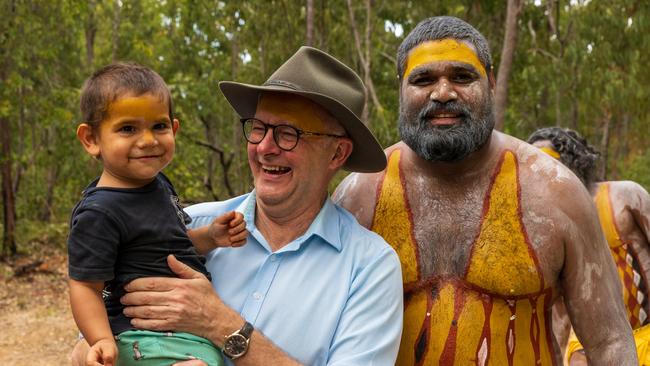
On Saturday, October 14, Australians will be asked vote 'yes' or 'no' in the referendum on an Indigenous voice to parliament and executive government. The proposal requires Australians to decide whether they agree to change the nation’s constitution to allow the new body to advise government on policy decisions it makes.
The Indigenous voice to parliament and executive government has both strong proponents and opponents as well as those who want to understand how it would work and what the structure and principles would be.
This article explains the constitutional meaning, outlines the latest details and offers clarity on the primary issues Australians will be asked to make a decision on.
What is the voice to parliament?
The Aboriginal and Torres Strait Islander Voice is also known as the Indigenous voice to parliament and executive government, or simply the voice.
The Indigenous voice will be a permanent, independent, representative advisory body for First Nations people to advise the Australian parliament and government on the views of Aboriginal and Torres Strait Islander peoples.
In practical terms it will mean a group of Indigenous people are chosen specifically to have a say, offer opinions and feedback on laws, policies and programs that directly affect First Nations people.
What would a voice to parliament involve?
Prime Minister Anthony Albanese has confirmed an Indigenous voice to parliament and executive government will be able to advise executive government as well as federal parliament if a referendum is successful later this year.
Referendum working group member Tony McAvoy says the voice will not have a veto power over the parliament and will work alongside existing organisations and traditional structures.
Mr Albanese said he was trying to “change the country” by ensuring Australians recognised their Indigenous peoples and the nation’s history.
The voice will have power of intervention in commonwealth public service decisions and will be able to seek “early advice” from public servants as they develop policy.
What referendum question will Australians be asked to vote on and when?
Australians will be asked to vote in the referendum on October 14, 2023. The voice question, released by Mr Albanese on March 23 reads:
“A proposed law: to alter the constitution to recognise the First Peoples of Australia by establishing an Aboriginal and Torres Strait Islander Voice. Do you approve this proposed alteration?”
On June 19, the senate voted to pass the Constitution Alteration Bill, triggering a standing ovation in the chamber.
How much does a referendum cost?
The estimated cost of holding a referendum is believed to be about $170m. In addition, money is being raised by both sides of the Yes and No campaigns to get their respective messages out.

What are the proposed amendments to the Constitution to accommodate the voice?
The Prime Minister’s proposed amendments to the Constitution are:
“Chapter IX Recognition of Aboriginal and Torres Strait Islander Peoples
129 Aboriginal and Torres Strait Islander Voice
In recognition of Aboriginal and Torres Strait Islander peoples as the First Peoples of Australia:
There shall be a body, to be called the Aboriginal and Torres Strait Islander Voice;
The Aboriginal and Torres Strait Islander Voice may make representations to the Parliament and the Executive Government of the Commonwealth on matters relating to Aboriginal and Torres Strait Islander peoples;
The Parliament shall, subject to this Constitution, have power to make laws with respect to matters relating to the Aboriginal and Torres Strait Islander Voice, including its composition, functions, powers and procedures.”
The Albanese government will put these proposals to a joint parliamentary committee and plan a vote on the Constitution Alteration Bill in June.
The referendum must have bipartisan support for the vote to occur. The Coalition is divided on what the voice should look like.
How will the voice be designed?
The Prime Minister has revealed nine design principles of the new proposed voice which include that it will be able to respond to requests for representations from the parliament and the executive government, and will have its own resources to research, develop and make representations.
Attorney-General Mark Dreyfus said the finalised wording of the voice would effectively legislate “broad scope” and powers of an Indigenous voice to parliament should the referendum be successful.
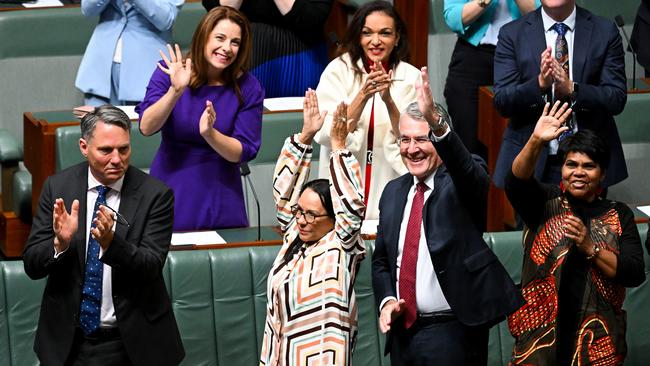
Who can vote in the voice referendum?
Like federal elections, it is compulsory by law for all eligible Australian citizens aged 18 and older to enrol and vote in referendums. Currently, incarcerated people are ineligible to vote.
How would members of the voice to parliament be chosen?
Members of the body will be selected by First Nations communities and not appointed by the executive, and will serve on the voice for a fixed period of time, and will be chosen by each of the states, territories and Torres Strait Islands. It will also have balanced gender representation at the national level, and will be subject to standard governance and reporting requirements to ensure transparency and accountability.
Who will oversee the voice?
The Indigenous voice to parliament and executive government is expected to fall under the scope of the National Anti-Corruption Commission, under updated key design principles expected to be released on Thursday. Sources close to the referendum working group were tight-lipped ahead of the announcement but The Australian understands the NACC will have scope over the voice body.
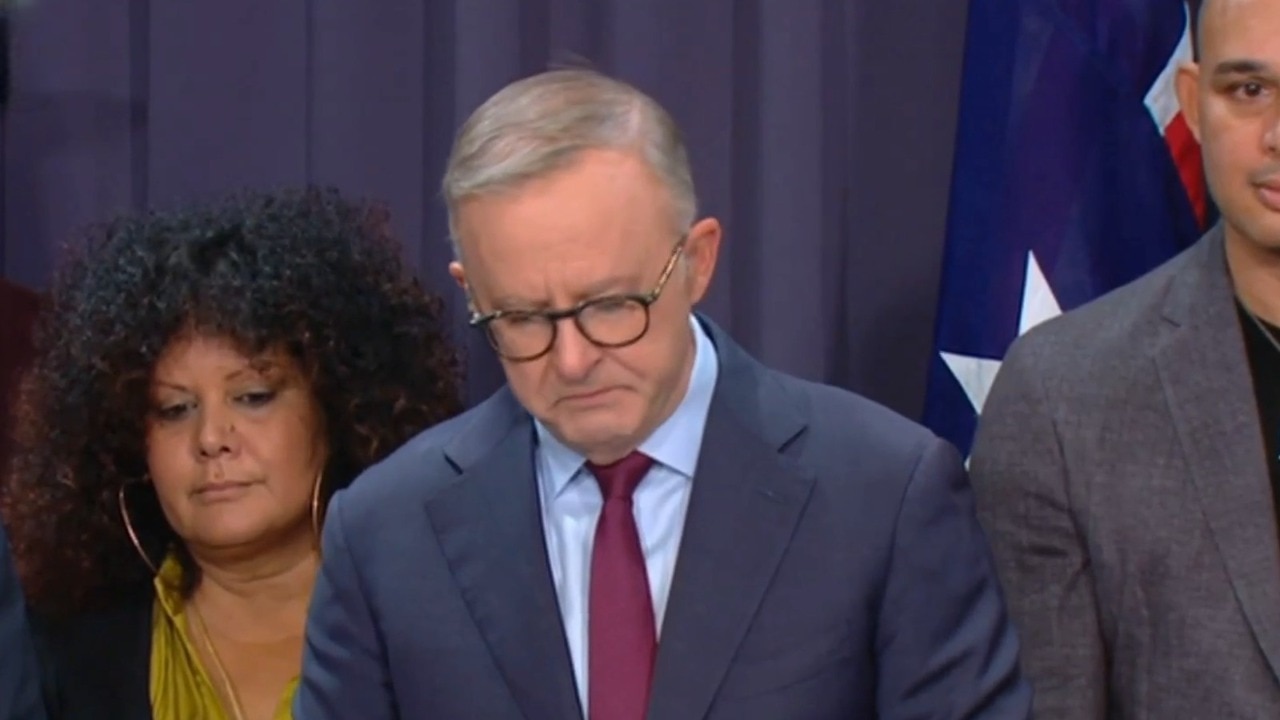
When was the referendum for Australia to become a republic?
Australia held a referendum for a republic on November 6 1999, featuring two proposed constitutional changes:
“A proposed law: To alter the Constitution to establish the Commonwealth of Australia as a republic with the Queen and Governor-General being replaced by a President appointed by a two-thirds majority of the members of the Commonwealth Parliament.”
And; “A proposed law: To alter the Constitution to insert a preamble.”
Voters ultimately chose to retain the monarchy.
In 1967 a referendum changed the Constitution so the commonwealth could make laws for Aboriginal and Torres Strait Islander people.
What is the Uluru Statement from the Heart?
The idea of the voice was brought forth by the Uluru Statement from the Heart — a document calling for greater recognition of Indigenous people. It was written by First Nations people from around Australia and released in 2017.
The statement also calls for Australians to “walk together to build a better future” and establish a Makarrata Commission for the purpose of treaty making and truth-telling.
Who are Yes23?
Yes23 is the leading campaign group in favour of enshrining a voice in the Constitution and claims to have 20,000 volunteers.
Why do we need a First Nations Voice?
Mr Albanese argues the voice will “strengthen parliament’s understanding not supplant its authority”, and argued it will improve outcomes for Indigenous peoples.
“This is not about symbolism, this is about recognition,” Mr Albanese said. “This is about making a practical difference, which we have a responsibility to do.”
Indigenous Affairs Minister Linda Burney said the voice will help policy makers make better policies to help Indigenous peoples achieve better outcomes.
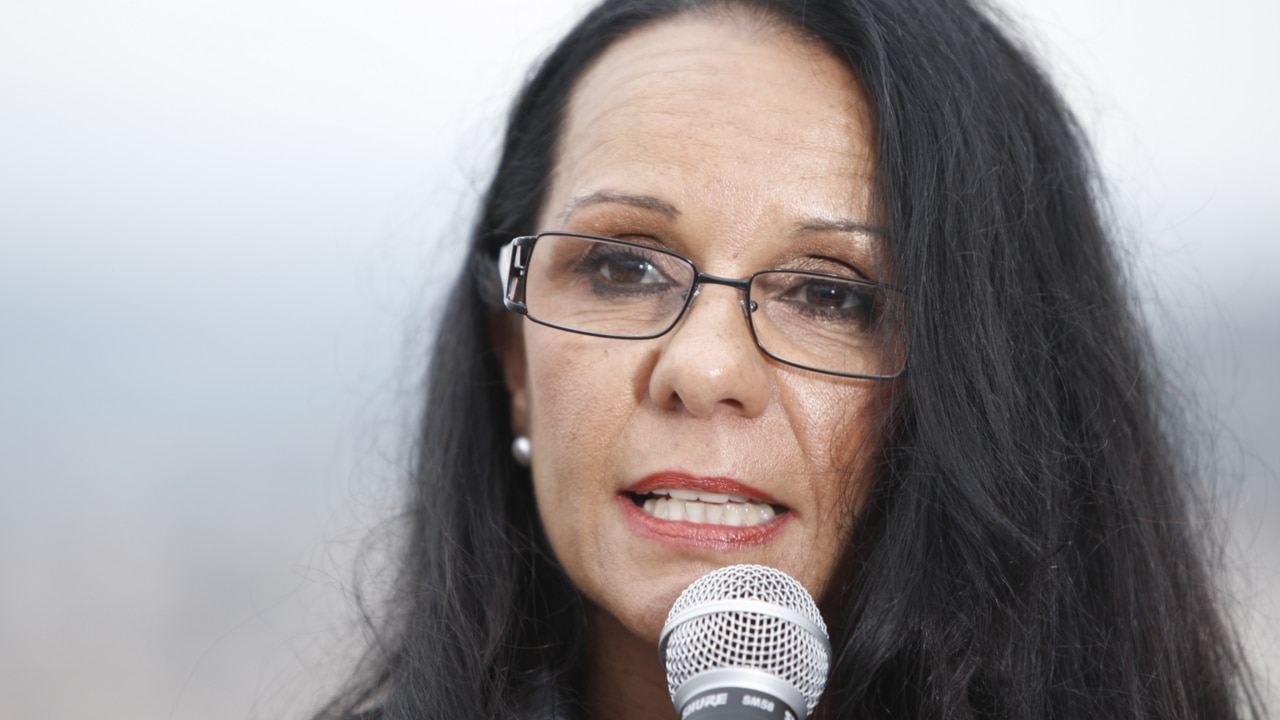
Referendum working group member Megan Davis said Indigenous people had a right to be consulted on laws and policies made about them.
“When we ran the dialogues all over Australia, our people spoke about not being listened to and not being heard,” Ms Davis said.
But opponents are sceptical it will deliver any practical outcomes.
Country Liberal Party Senator Jacinta Price says the voice will be just “another bureaucracy that will trample on the voices” of Indigenous people and only “represent the elite”.
Leading No campaigner Warren Mundine said the voice would “be spending millions of dollars and not fix one iota on the ground”.
Price says the voice is “walking on very dangerous ground” with the body able to advise the executive government.
“Given that there is reference to the opportunity for the voice to make representations to the executive, suggests that they have a power that is basically stronger than a cabinet minister,” Senator Price said on March 23.
“There is no guarantee, they cannot guarantee, that they will absolutely not be challenged in the high court.”
What is the Opposition’s position on the voice under Peter Dutton?
The Liberal party room has voted to campaign against the voice model put forward by the Albanese government.
Liberal leader Peter Dutton says Mr Albanese’s Indigenous voice will change Australian democracy, require thousands of public servants to be hired and cost billions to “run a new arm of the government” without improving outcomes for Indigenous Australians.
The Opposition Leader has launched his political offensive to sink the voice after formally binding his frontbench to the No case and will make any government refusal to answer questions on the operation of the proposed advisory body a key feature of his campaign.
Mr Dutton, a supporter of constitutional recognition of indigenous Australians, will advance an alternative model to create local and regional voices through legislation, arguing this approach would more effectively advocate for Aboriginal communities.
Under the Dutton model, local and regional voices would have their remit narrowly targeted via legislation to focus solely on practical, community-based measures to improve outcomes for Indigenous Australians rather than giving a national body free rein to make representations on any issue affecting Aboriginal or Torres Strait Islanders.
The local bodies would report federally rather than to state governments, but the model could be adjusted as needed over time by the federal parliament. It would sit outside the Constitution.
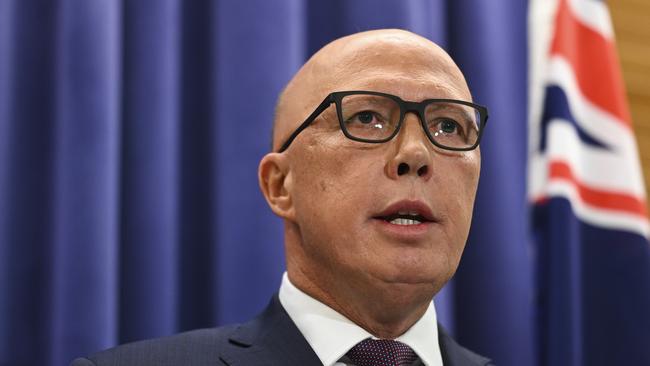
“The Liberal Party model will limit the local and regional bodies to issues specific to improving lives and outcomes locally. It has no business in defence, RBA deliberations, energy and environment policy,” Mr Dutton told The Weekend Australian. “It will be in legislation so it can be improved over time.
But not all Liberals are on board.
On April 11, the federal opposition’s Indigenous Australians and legal affairs spokesman Julian Leeser announced he would resign from the Liberal Party’s frontbench over its position on the Indigenous voice to parliament.
Mr Leeser has worked on various models for an Indigenous voice to parliament and the executive government for nearly a decade.
The highest-ranking Liberal in office, Tasmanian Premier Jeremy Rockliff, says he will campaign “vigorously” for a constitutionally enshrined Indigenous voice to parliament with some state Liberal leaders refusing to join Peter Dutton’s No campaign.
In Western Australia, the opposition is led by the Nationals whose leader, Shane Love, who had supported the voice but then withdrew support over a lack of faith and trust in the Albanese government being able to enact any positive change for Indigenous Australians.
In Mr Dutton’s home state of Queensland, LNP leader David Crisafulli said he will vote against the voice to parliament and executive government but not campaign against it, with his party's MPs free to vote as they wish
In a joint statement, Victorian Liberal leader John Pesutto and Nationals leader Peter Walsh said their parties also had an “open mind” on the Albanese government’s proposed constitutional amendment.
Stay informed. Find all of The Australian’s latest news and analysis on an Indigenous voice to parliament here.
Read what our commentators have to say:

To join the conversation, please log in. Don't have an account? Register
Join the conversation, you are commenting as Logout